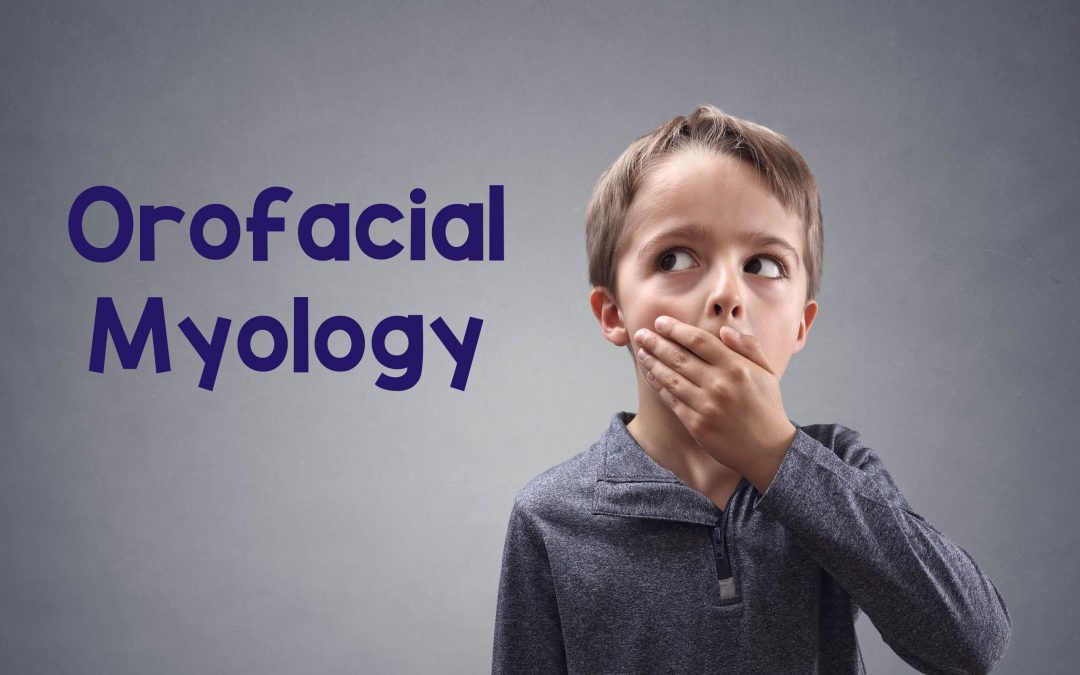Tongue tie. To cut or not to cut, that is the question. For years, I have felt a little uncomfortable about tongue ties. I looked for the heart shaped tongue tip and explored how the tongue moved in the mouth, but my mind was always on function. If they could make movements for speech and manage food then my conclusion was that we had functional movement. Over the years, I gathered tips and tricks from my peers but to be honest I didn’t have a solid protocol when assessing ties and I am only talking about anterior ties. About 2 years ago posterior tongue ties were mentioned constantly. What on earth were they? How on earth was I going to identify them, not to mention what was my treatment plan going to be? And so started my journey to Oro-Facial Myology.
The whole team at my practice undertook in-house training about posterior tongue ties. We watched videos. We consulted with other speech pathologists working in the area. We wanted to place our fingers in the mouths of every child who attended the clinic with a posterior tongue tie. There was huge discussions in the clinic.
Then
Then we discovered Orofacial Myology. Orofacial Myology is the re-education or re-patterning of the face, tongue, jaw and neck muscles to improve muscular function and tone. Orofacial Myology establishes normal muscle function and resting postures to ensure that normal development and growth can occur. Crooked teeth, crowded mouths, small jaws, high palates and incorrect muscle function are often a consequence of an orofacial myofunctional disorder. This means the improper function of the orofacial muscles. Which in turn impacts on sleep, dentition and speech.
The Course
I recently attended the Australian Academy of Orofacial Myology course which ran over four days. To be qualified you need to complete 28 hours of training. It was an interesting experience for me as I had laryngitis and was unable to be a vocal participant for the first three days. The room was filled with Dentists, Oral Hygienists, Dental Technicians and three speech pathologists. It was wonderful to be learning alongside such a diverse group.
The most stressed topic was airways. Before starting treatment, we need to ensure that airways are clear and that people can breathe through their noses. This can result in a referral to an Ear, Nose and Throat specialist. We can’t retrain tongue position and breathing until we know that they can.
The measurements taken during the initial assessment session, honed and added to the observations we take when we complete an oral peripheral examination. I have merged my assessments into one document and feel like I have a comprehensive baseline to program and evaluate progress. The great addition to this evaluation is photos. I use my iPhone with the addition of a battery-operated flash ring which clips on the top. These are saved and then compared after 3 lessons and again after 8 sessions.
The before and after photos viewed in the course showed significant changes. The change in dentition, as well as their faces, were amazing. Some clients didn’t require speech pathology services after their oral musculature was working normally. The course provided clear guidelines for evaluation and management of tongue ties. While many tongue ties are discovered and corrected when babies are only days old, tongue ties discovered later need careful management to ensure that oral aversions are not developed. As a rule, anterior tongue ties should be corrected by 18 months or wait until children can be corrected under general anaesthetic around five years of age. There also seemed to be consensus that laser was not an effective tool for a sub mucosal tie (posterior tongue tie). This tie is a lot more fibrous than anterior ties and the laser cannot always cut deep enough.
Now
This is only just a snippet of what was covered in four full days. I have started intervention with two clients. The use of a spot (stoma adhesive) placed on the second rugae 3 times a day, has done wonders at achieving correct tongue position. It has also been useful in achieving a clear production of /s/. The course provided 8 lesson/exercise outlines. I have been able to use these lessons as prescribed with one client but have had to make some modifications to them for the other who has significant oral motor difficulties.
It is the beginning of my Orofacial Myology journey and I am still learning more every session. This knowledge has given me the skills to provide a more comprehensive service to clients. If you are interested and have the opportunity I would definitely recommend adding Orofacial myology to your set of skills.

Recent Comments